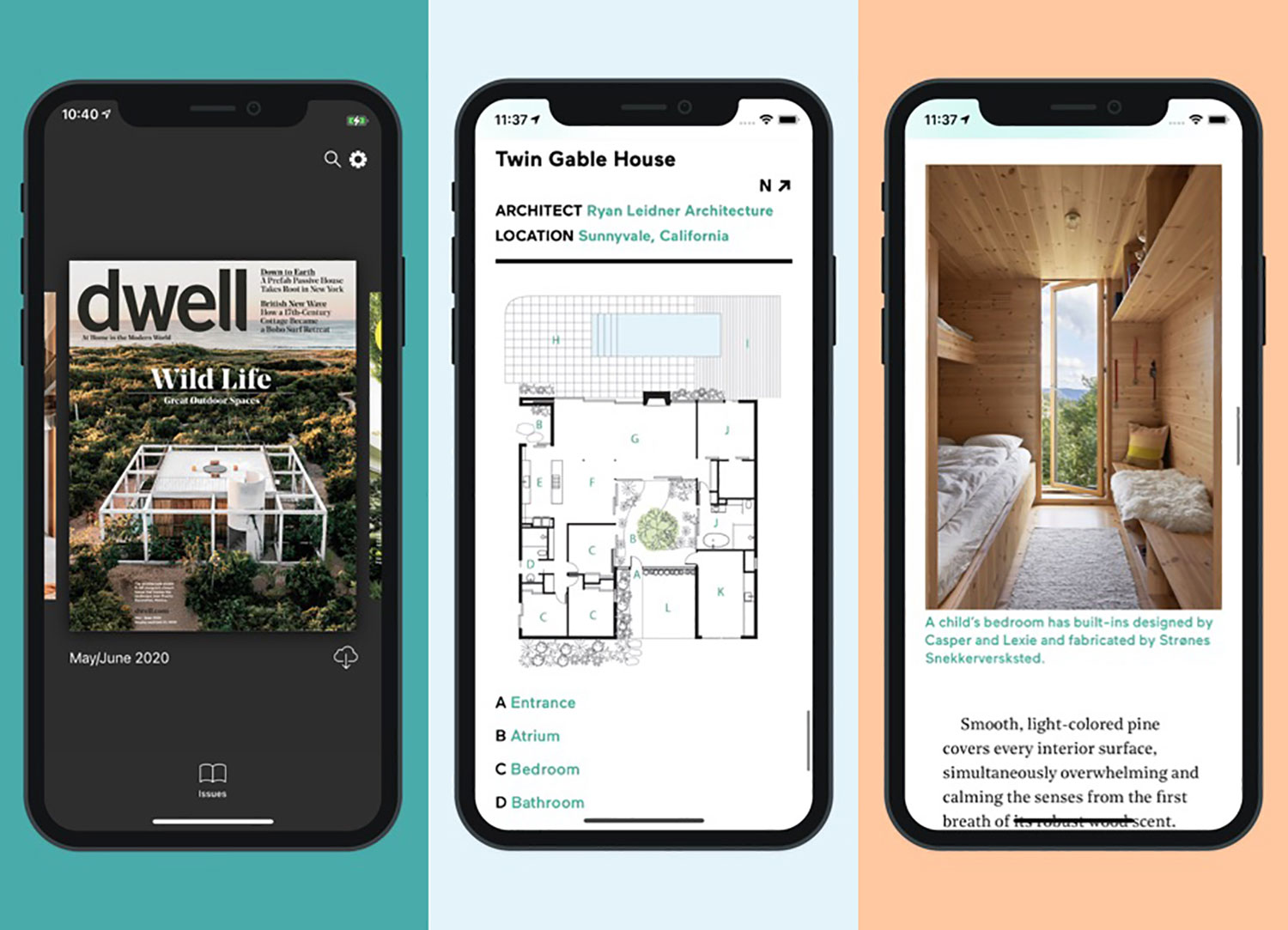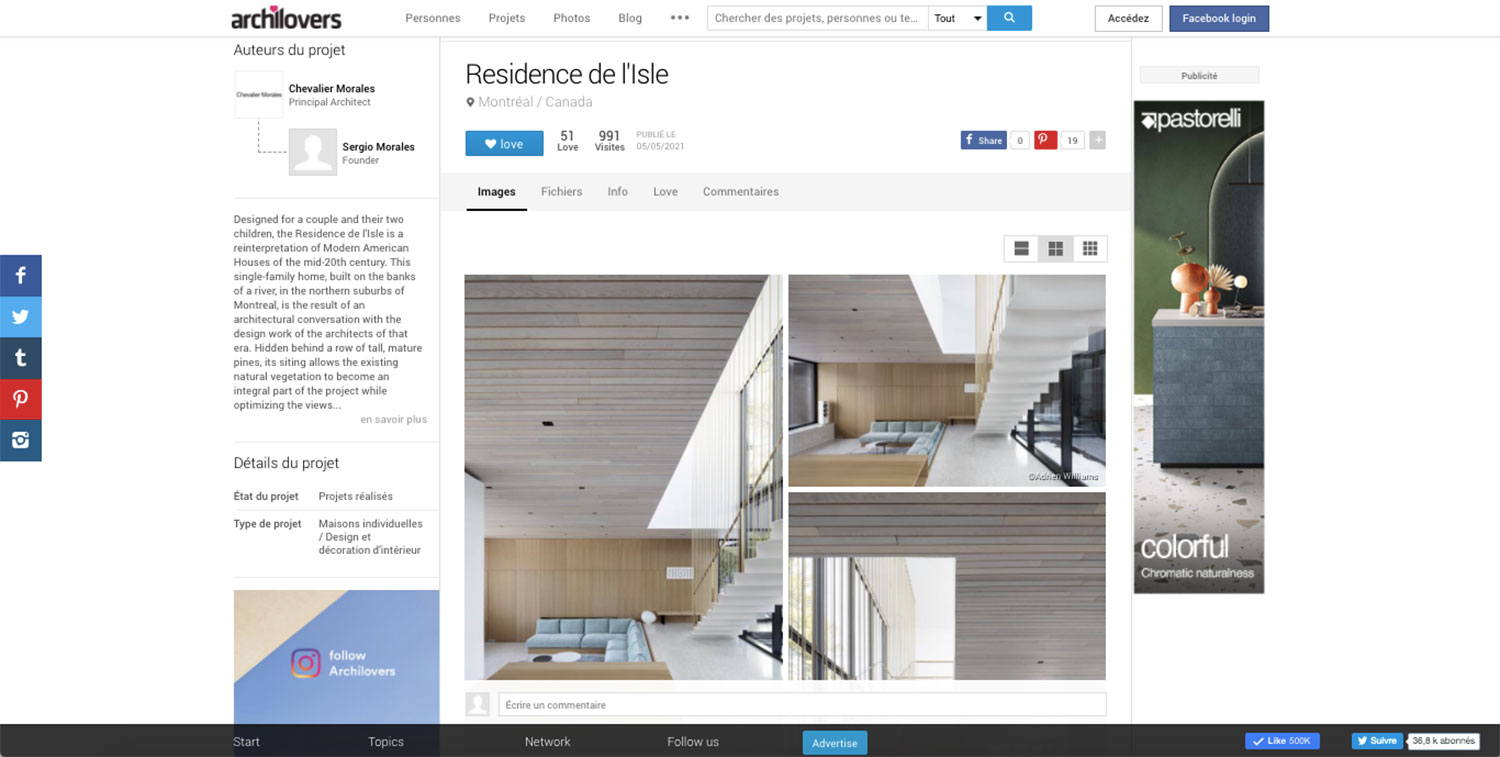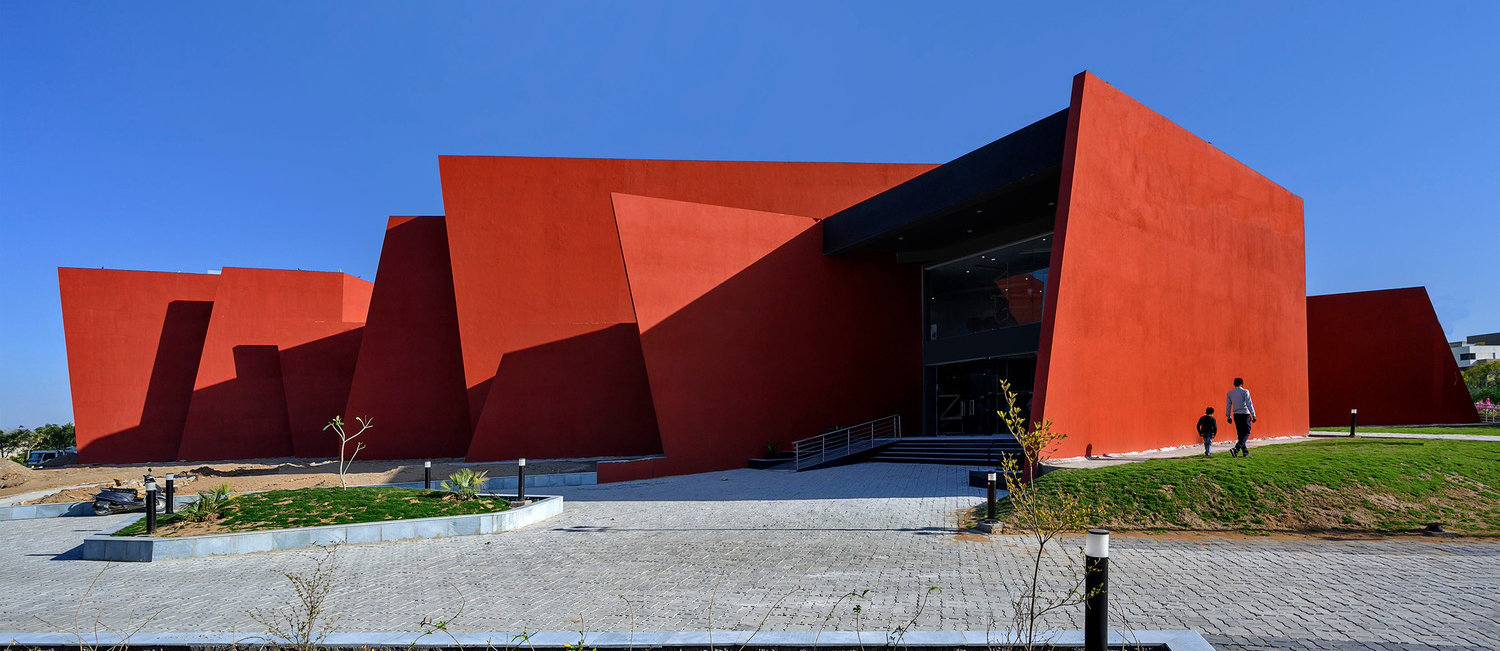
Spot the differences
Digital media vs. social media
The arrival of the Internet led to an explosion in the number of digital media outlets. Printed magazines, books and newspapers – and even TV and radio stations – all have their electronic versions.
Traditional print media are now very often available in digital form, in the form of downloadable PDFs, mobile apps or websites. They include Dwell, Frame, Domus, Architectural Digest, Abitare and Wallpaper*, to name just a few. Many all-digital outlets have also appeared: everything from blogs to professional publications like Dezeen, Archdaily, designboom and Design Milk. More recently, social media have joined the already vast media landscape. They include Archello, Architizer and Archilovers.

But what’s the difference between digital media and social media? Digital media, online media, websites, blogs, social media, social networking – what really sets them apart? And what’s their value?
Let’s start by defining media. According to Oxford, media means “the main means of mass communication (broadcasting, publishing, and the internet) regarded collectively.” To complicate matters, “media” is both the plural form of “medium” and, in current usage, a collective noun – depending on the context, “media” can be a plural or singular word. In most cases, we’ll use it in the plural. Digital media are a subset of the wider media universe, in networked electronic form: viewable online using a mobile app or web browser, whether downloadable or not, whether free or not.
Digital media are well known for their many benefits: abundant content that’s fast and easy to access, in many cases for free. On the flipside, quantity and freeness can conflict with quality – printed magazines often enjoy a stronger reputation. They have recognized expertise, and they publish detailed articles backed by in-depth research. That’s why digital media have been driven to evolve, leading some to join the ranks of the world’s best publications, on an equal footing with their paper-and-ink peers. As a result, more and more people are gravitating to digital platforms, which now attract coveted high-quality readers.
Take the New York Times, for example. The newspaper still has traditional print editions, along with a website and a mobile app. The website has obvious advantages: it’s a quick and easy way to access the news. With a click, you can read whichever article you want. The mobile app goes even farther: it lets you customize the newspaper with your preferred homepage topics, access podcasts and receive breaking-news notifications. Thanks to the digital world, information is more accessible and personalized than ever.

nytimes.com
In design and architecture, specialized magazines have also used digital tools to greatly improve access to their content. Dwell, one of the world’s most-read architectural magazines, stands out for its unique digital offerings, resulting in massive growth in readership. With a paid subscription, the entire magazine is available online through a mobile app. Dwell also has a website that provides exclusive content not found in the magazine because it’s better suited to digital media. Recently, the platform added Dwell+, a paid website section with still more exclusive content. All of these innovative options have allowed Dwell to increase its readership and accessibility, while maintaining its high standards and stellar reputation.

Dwell mobile application @Apple App Store
For a long time, the web took a backseat to print. It was seen as not being selective enough, with research sometimes lacking in thoroughness. With thousands of projects available on the web, it was getting harder and harder to identify quality content. It was easy to get published online – anybody could do it. That’s not always true anymore. Digital media got the message and adapted. Even some very large web publications are very selective, and exclusive, with their content; in some cases they charge for it. In other words, they offer exactly the same thing as print publications: exclusive content for an exclusive readership. That’s how a select few web publications have managed to match and even surpass the reputations of major specialized print publications.
Where does social media come into it? And just what is “social media”? Is it “media” in the same sense? Do social media platforms publish the same kind of content as digital media? How do they measure up in terms of quality and reputation?
First, we should draw a distinction between social media and social networking platforms. “Social media” is what we call a platform with a continuous information flow and content – in our case specializing in design and architecture – that can be created, liked, shared and edited by users. On the other hand, social networks are well-known generalist networking platforms like Facebook, Twitter, Instagram, etc.
The best examples of social media specializing in architecture are Archello, Architizer and Archilovers. Architects can submit their own projects to these sites, and there are systems in place to allow project participants to connect and interact with each other. User-to-user interaction is what makes these sites social media platforms, as opposed to webzines or digital media.

Archilovers.com
Some social media platforms also have editorial content, so users aren’t always the site’s only content creators. A project can be made visible and accessible to all without any editorial input from a journalist or editor. But when the site’s editorial team selects and promotes the project, it will receive considerably more valuable exposure. Curated editorial content is usually subject to quality control, safeguarding the site’s reputation and enhancing the value of being published on it.
Lastly, let’s have a look at social networking platforms. They provide an entirely different way to present content, often geared to images rather than words – because this is content that’s intended to be consumed quickly. It’s very different from a multi-page article in a specialized magazine, which will present a project in some detail. Despite their superficial side, social networking sites still provide important visibility to architects and designers. To revisit the example of Dwell, the magazine reaches nearly 200,000 readers – and its Instagram page has 2.1 million followers. As we’ve already noted, quantity isn’t always a benefit, while the quality of the readership is crucial. On that subject, have a look at our earlier post, Why do designers and architects need media coverage?
To sum up, you need to strike a good balance between print and web, and between digital media and social networking platforms. It’s also interesting to note that digital and social media are becoming increasingly important to high-quality media outlets.
The quality of a publication, and therefore the value of an article, can be seen just as clearly in printed magazines or journals as in webzines, digital media or social media. To reach your full media potential, you’ll need to find the right combination of a large readership for more visibility, and media quality for more credibility.
Check out our list of the Top 12 design and architecture webzines, a companion to this article.
Cover image:
Résidence de l'Isle by Chevalier Morales
Photo: Adrien Williams
By Pénélope Fortin
A design graduate with a passion for communications, Pénélope Fortin has been in charge of media relations for designers and architects at v2com for more than seven years. A creative, detail-oriented professional, she is in contact with media around the world and loves developing innovative media strategies for her clients.

